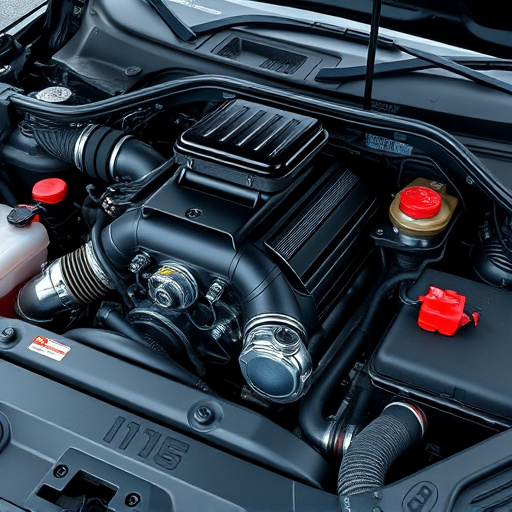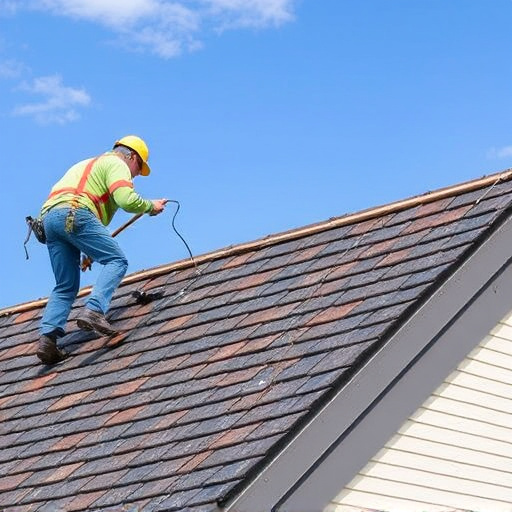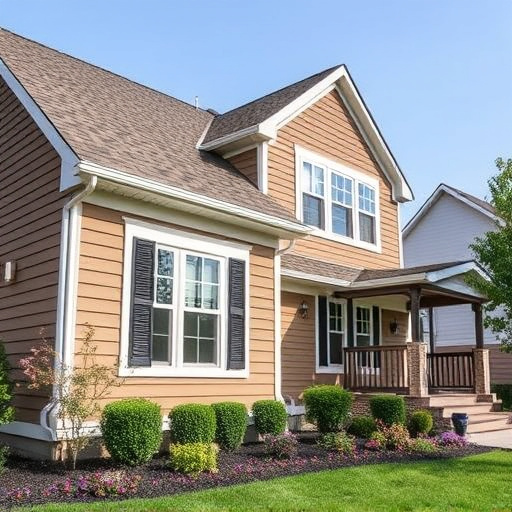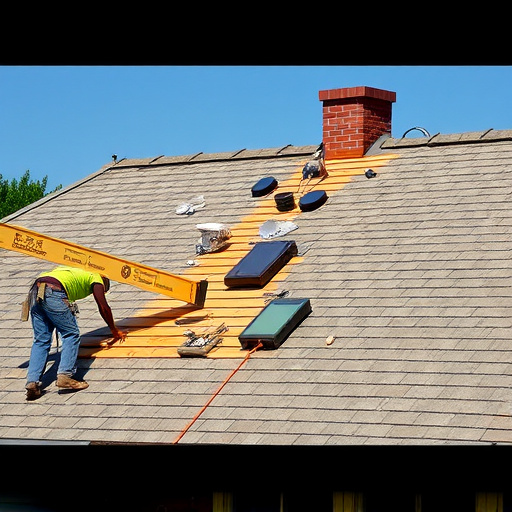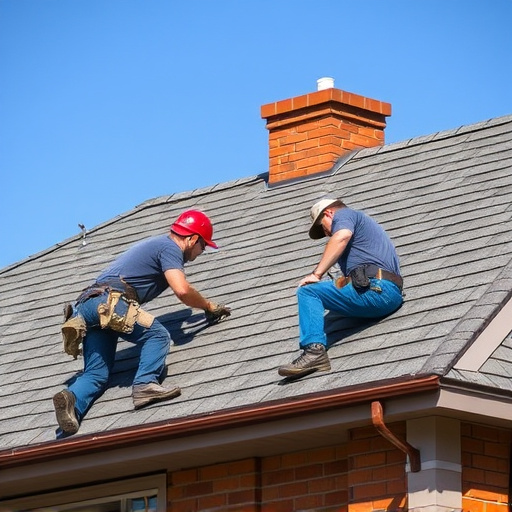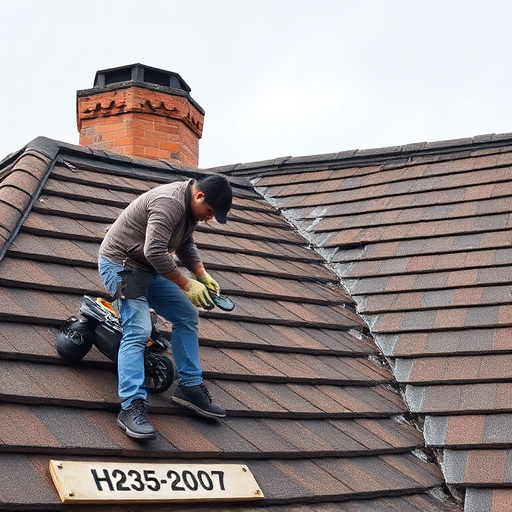A well-installed roof is vital for enhancing home energy efficiency by acting as a protective barrier against elements, preventing drafts, and moisture infiltration. Using appropriate materials and techniques based on climate and architecture leads to better temperature regulation, reduced energy bills, and improved indoor comfort. New roof installation significantly improves insulation, increases structural integrity, and lowers utility costs, especially for older homes. Efficient strategies include high-density materials with superior R-values, proper sealing, and reflective barriers, making homes more comfortable and eco-friendly year-round.
Roof installation isn’t just about shelter; it’s a powerful tool for enhancing home insulation, significantly impacting energy efficiency. This article delves into the intricate process of roof installation and its direct correlation with improved insulation. From understanding foundational basics to exploring efficient strategies, we’ll unravel how a new roof acts as a game-changer in creating a tighter, more comfortable living space. Discover the direct impact on energy costs and learn expert tips for maximizing insulation during installation.
- Understanding Roof Installation Basics: A Solid Foundation
- Direct Impact of a New Roof on Home Insulation
- Efficient Strategies for Optimizing Insulation During Installation
Understanding Roof Installation Basics: A Solid Foundation
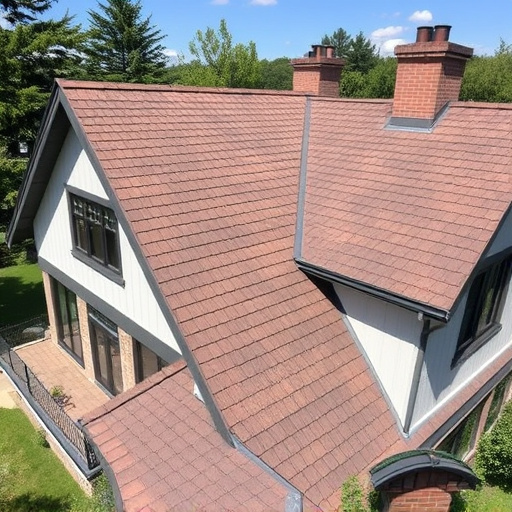
A well-installed roof is the unsung hero of your home’s insulation story. It acts as a protective barrier, shielding your living space from the elements. Understanding the basics of roof installation is key to unlocking its potential for enhancing energy efficiency. A solid roofing foundation begins with selecting the right materials—from durable shingles to high-performance insulation—that cater to your climate and architectural needs. Proper installation techniques are equally vital, ensuring a tight seal against drafts and moisture infiltration.
Investing in professional roofing solutions is a strategic move, especially after storm damage repair. It ensures that every joint and ridge is sealed tightly, preventing heat loss during winter or heat gain during summer. By addressing insulation gaps, a newly installed roof contributes to better temperature regulation, leading to reduced energy bills and a more comfortable indoor environment. Effective home service solutions often start with a robust roofing system, forming the bedrock of your home’s overall protection and comfort.
Direct Impact of a New Roof on Home Insulation
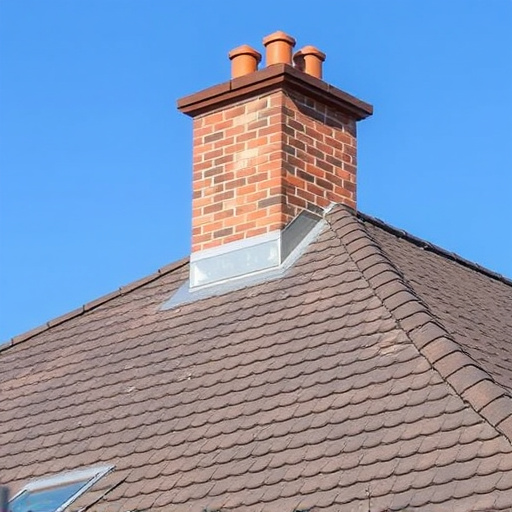
A new roof installation has a direct and significant impact on improving home insulation. Not only does it provide an effective barrier against the elements, but it also plays a crucial role in maintaining a comfortable indoor temperature year-round. Modern roofing materials are designed to be highly insulated, offering better heat retention during colder months and helping to keep the interior cool in hot summers. This results in reduced energy costs for homeowners as their HVAC systems work less hard to maintain optimal temperatures.
Additionally, proper roof installation can enhance overall structural integrity, which indirectly contributes to better insulation. A well-fitted, secure roof prevents air leaks and drafts that can compromise insulation effectiveness. When combined with efficient ventilation systems, a new roof installation ensures that the insulation material performs at its best, creating an energy-efficient and comfortable living space. This is particularly important for older homes where existing roofs might be worn out or damaged, leading to potential energy losses and increased utility bills.
Efficient Strategies for Optimizing Insulation During Installation
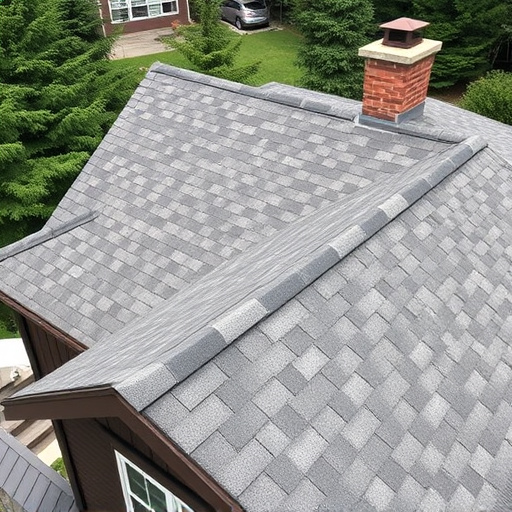
Efficient Strategies for Optimizing Insulation During Installation
When it comes to roof installation, proper insulation is key to maintaining a comfortable indoor temperature and reducing energy bills. Homeowners can leverage roofing services to optimize insulation by incorporating modern materials and techniques. One effective strategy involves using high-density insulation with better R-values, ensuring optimal heat retention or dissipation depending on the season. Proper sealing of all joints and gaps around roof components, like vents and chimneys, also prevents drafts and air leakage, enhancing overall home service solutions.
Additionally, installing a reflective barrier under the roofing and siding can reflect heat away from the home during summer months and trap it inside during winter, further improving energy efficiency. These strategies not only make homes more comfortable but also contribute to long-term sustainability by reducing the carbon footprint associated with heating and cooling. Efficient insulation is a game-changer in any roofing and siding project, ensuring that homes stay cozy year-round.
Roof installation isn’t just about replacing a weathered exterior; it’s a powerful tool for enhancing home insulation. By understanding the basics and employing efficient strategies, you can significantly improve energy efficiency, reduce utility costs, and create a more comfortable living space. A new roof acts as a protective barrier, sealing in cool or warm air and keeping extreme weather at bay, making it a smart investment for any homeowner looking to optimize their home’s performance.
